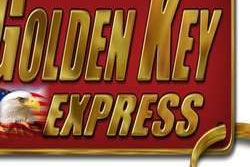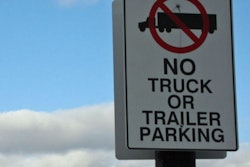Next time you buy a new truck, don’t plan on driving the speed limit. If the American Trucking Associations has its way, all new Class 7 and 8 trucks will be governed at 68 mph before
they leave the factory – 2 mph to 7 mph less than the maximum legal speed limit on many of our nation’s interstates [See story, Page 13].
“There is a growing sense within the trucking industry for the need to slow down the large truck population as well as all traffic,” says Bill Graves, ATA president. Graves cites speed as a factor in a third of all fatal highway crashes.
While it sounds good for the nation’s largest trucking association to come out with a “say no to speed” campaign, the facts just don’t show that such a move would have any real impact. Consider:
Truckers driving too fast for road conditions or speeding are a factor in only 3.8 percent of fatal crashes, compared to 12 percent for drivers of passenger cars. And because the passenger car statistic doesn’t include drivers of SUVs, minivans or pickups, the actual percentage of speed-related fatalities caused by four-wheelers is probably much higher.
There is no evidence that forcing trucks to drive slower than four-wheelers improves highway safety. A 2004 Federal Highway Administration study found no real difference in crash rates in states that have lower speed limits for trucks only.
Clearly, all mandatory governors would do is prevent law-abiding truckers from driving the speed limit in the 21 states that set it at 70 mph or 75 mph.
That’s not to say that owner-operators should necessarily drive as fast as the law allows. Profit-minded owner-operators know that reducing driving speed is the best way to improve fuel economy. Averaging 60 mph instead of 70 mph, for example, can cut your fuel bill by 6 percent. If you run 120,000 miles per year and average $2.50 per gallon for diesel, that’s $3,000 per year.
Robert Jordan, Overdrive’s 2006 Trucker of the Year, says maintaining 60 mph nets him 6.7 mpg – and makes driving less stressful. “It’s the best thing for my pocketbook and my mental stability,” he says.
As long as it’s within legal limits, driving speed should be a business decision determined by each individual owner-operator or carrier, not an arbitrary number set by an association or government regulators. At least not without a lot more research to back it up.







